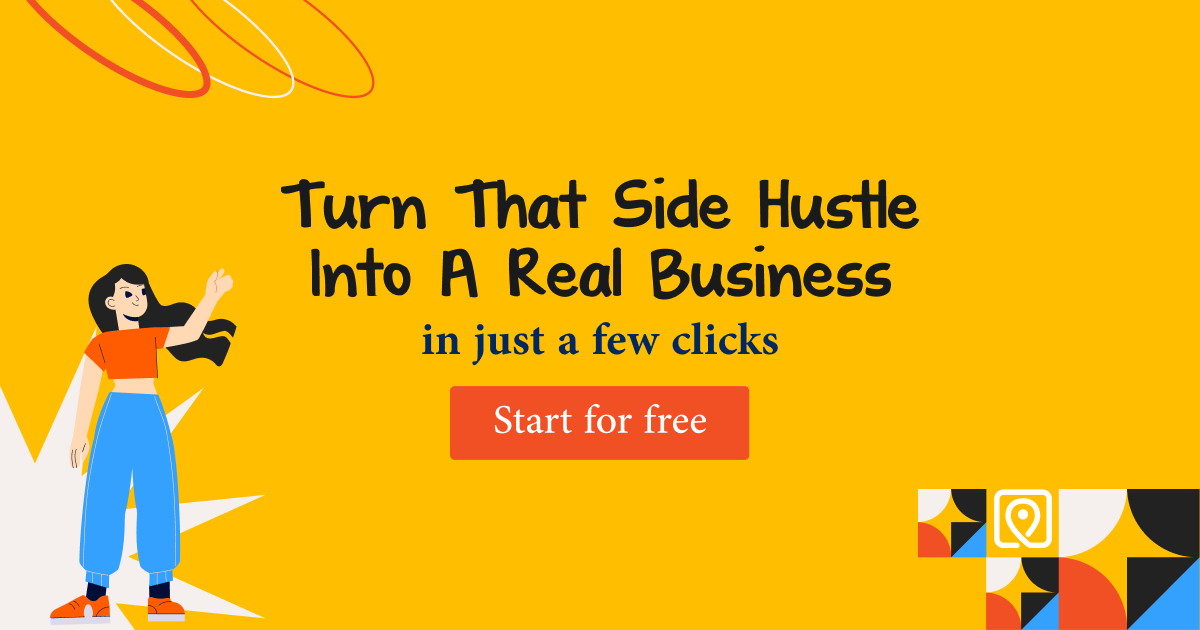Quitting Job for Side Gig Success Story – Christina Umerez
In today’s fast-paced economy, more people are ditching traditional 9-to-5 jobs to pursue their passions and turn side hustles into full-time careers. The story of how I quit my job and transformed my side gig into a thriving business is one of risk, perseverance, and ultimate success. If you’ve ever dreamed of leaving corporate life behind to follow your entrepreneurial dreams, this journey might inspire you to take the leap.
The Breaking Point: Why I Decided to Quit My Job
Like many people, I spent years working a job that paid the bills but left me unfulfilled. The long hours, office politics, and lack of creative freedom made me dread Mondays. Despite the stability, I knew I wasn’t living up to my full potential.
My side gig—a small online business selling handmade crafts—started as a hobby. I spent evenings and weekends working on it, slowly building a customer base. But as my passion project grew, my day job felt more suffocating. The turning point came when my side hustle’s monthly earnings matched half of my salary. That’s when I realized: What if I went all in?
The Leap of Faith: Leaving Stability for Uncertainty
Quitting a steady job is terrifying. Financial insecurity, health insurance concerns, and the fear of failure held me back for months. But after careful planning—saving six months’ worth of expenses, researching the market, and setting clear goals—I handed in my resignation.
The first few months were a rollercoaster. Some days, sales were booming, and I felt unstoppable. Other days, I questioned my decision as bills piled up. But I kept pushing forward, learning from mistakes and adapting my strategy.
Turning the Side Hustle Into a Sustainable Business
1. Finding a Niche and Standing Out
My initial side gig was broad—selling various handmade items. But to scale, I needed focus. I analyzed my best-selling products and customer feedback, then narrowed my niche to eco-friendly home decor. This specialization helped me target the right audience and differentiate myself from competitors.
2. Building a Strong Online Presence
A website and social media were crucial. I invested time in SEO, engaging content, and Instagram marketing. Collaborating with influencers in the sustainability space boosted visibility, and soon, my products were featured in blogs and magazines.
3. Automating and Outsourcing
As orders increased, I couldn’t do everything alone. I hired a virtual assistant for customer service and used print-on-demand services to reduce inventory stress. Automating email marketing and social media scheduling freed up time for product development.
4. Diversifying Income Streams
Relying solely on product sales was risky. I added digital products (e-books on sustainable living), affiliate marketing, and workshops. Passive income streams provided stability during slow sales periods.
The Challenges No One Talks About
While social media makes entrepreneurship look glamorous, the reality is messy. Some struggles I faced:
- Cash Flow Issues – Some months were profitable; others barely covered costs.
- Burnout – Working 24/7 led to exhaustion until I learned to set boundaries.
- Imposter Syndrome – Doubting my success was a constant battle.
Overcoming these hurdles required discipline, a support system, and a willingness to pivot when necessary.
The Rewards of Betting on Myself
A year after quitting, my business surpassed my old salary. Two years in, I hired employees and expanded product lines. The best part? Waking up excited to work, setting my own schedule, and having creative freedom.
Key Lessons for Aspiring Entrepreneurs
- Start Before You’re “Ready” – You’ll never feel 100% prepared. Take the first step anyway.
- Test Your Idea First – Validate demand with a small audience before going all in.
- Save a Financial Cushion – Having savings reduces stress during slow periods.
- Be Adaptable – Markets change. Stay flexible and willing to pivot.
- Mindset Matters – Self-doubt will creep in. Surround yourself with mentors and a supportive community.
Was It Worth It?
Absolutely. While the journey was tough, the freedom, fulfillment, and financial rewards made every challenge worthwhile. If you’re considering turning your side gig into a full-time career, start planning today. With the right strategy and persistence, you might just build the life you’ve always wanted.

